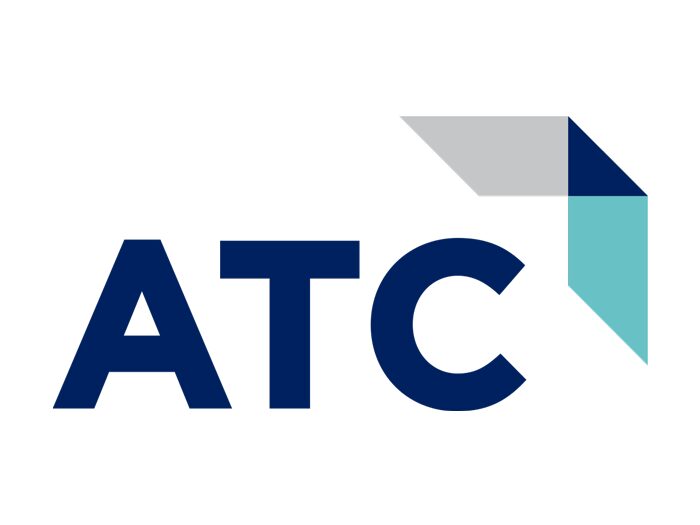(By Dean Manzoori, Masergy VP of Unified Communications.)
Cloud-based unified communications services is the fastest growing sector of the enterprise communications market. It combines the familiar voice and unified messaging features that we’ve all come to expect in the workplace, with newer functions that increase employee productivity.


These include instant messaging, presence, video and web conferencing, call recording and team collaboration. It also provides employees with a consistent user experience across the multiple devices they use, whenever and where ever they are.
Cloud-based unified communication services are hosted by third party service providers. The services are software driven, making the features provided infinitely customizable to meet the growing and changing needs of businesses, their partners and employees.
The hosted UC market is expected to grow from $13 billion in 2014 to $23 billion in 2019, according to research conducted by MarketsandMarkets research firm. This represents a compounded annual growth rate of 12%.
Cost and flexibility are the big drivers behind cloud-based unified communications services. As companies retire their expensive PBXes and hosted PBX services, they look to cloud providers to offer more cost-efficient alternatives. IT organizations are becoming more strategic and their focus is shifting to revenue generating projects. They spend less time keeping the lights on and outsource anything that is not a core competency.
Unlike premise-based solutions, a cloud-based service is never obsolete. Software upgrades and hardware refreshes happen on a regular basis with minimal disruption to users. Other business and technology benefits include:
- Detailed analytics
- Disaster recovery
- Managed support
- CRM integration
- Communications-enabled business processes (via APIs)
- Support for new work-related regulations
- Intelligent SIP (session initiation protocol) trunking
- Hybrid deployment solutions
- Global service availability
- 24/7 support with proactive monitoring
On the workforce side of the equation, cloud-based unified communications offer:
- Improved customer interaction and satisfaction
- Increased staff productivity
- Support for the mobile, distributed workforce with unified presence
- Shared workspaces for shared documents and team collaboration
- Reduced business travel
The move to a cloud-based unified communications environment doesn’t require a forklift approach. Managed service providers work with companies to assess their current network infrastructure and identify the business processes that need to be integrated. Enterprise customers can opt for a phased-in approach, maintaining a hybrid environment to see how the UC solution works.
A good option is to bring a couple of corporate sites online first to see how the implementation goes and then slowly migrate various offices, departments and employees in a well-thought-out and strategic manner.
A good implementation should be transparent to users and advanced training can be conducted to bring employees up to speed on the more advanced features of the system prior to implementation.
The move to cloud-based unified communications should be an easy decision for companies to make. It offers quantifiable benefits to the business, employees and corporate IT.










